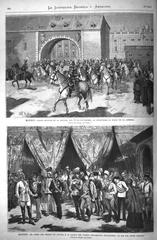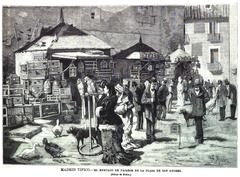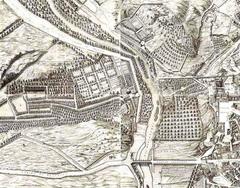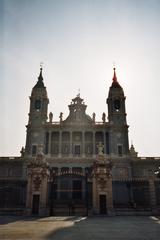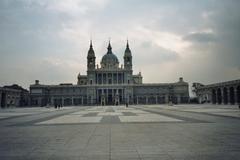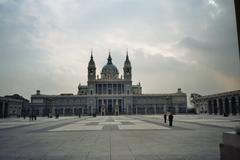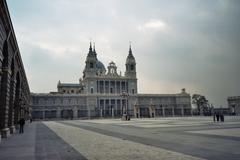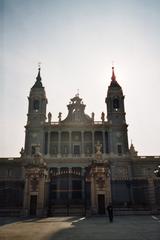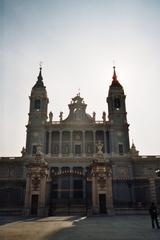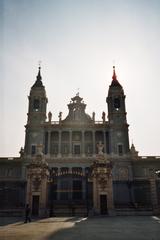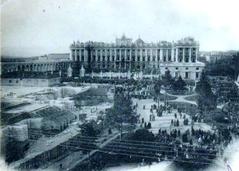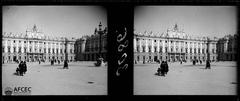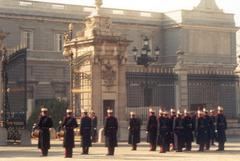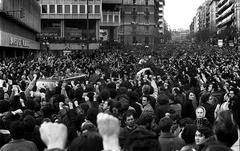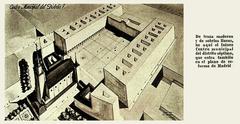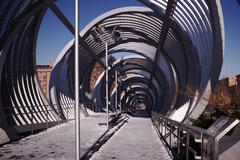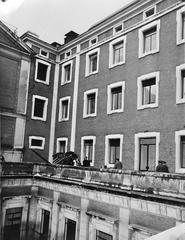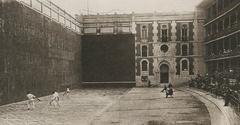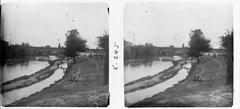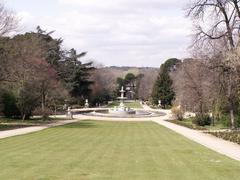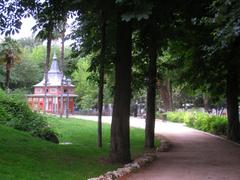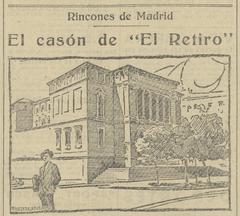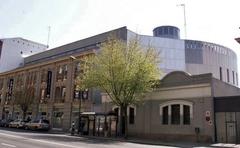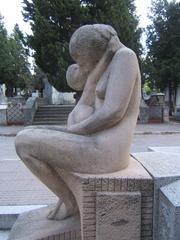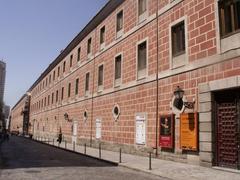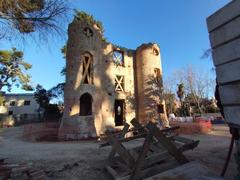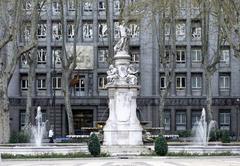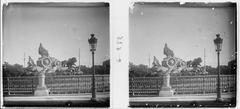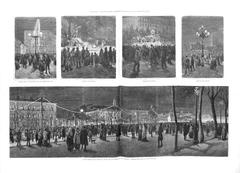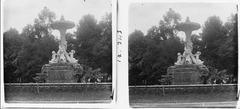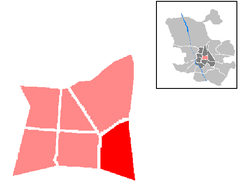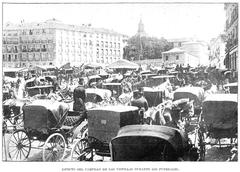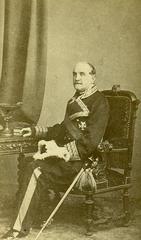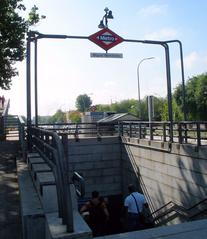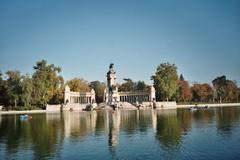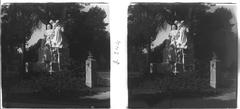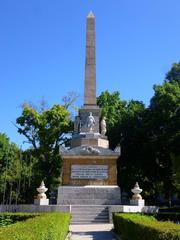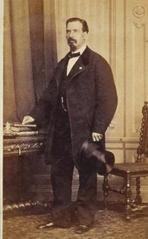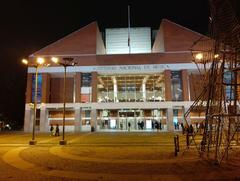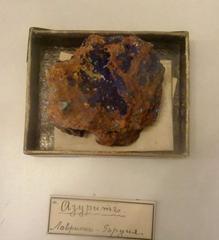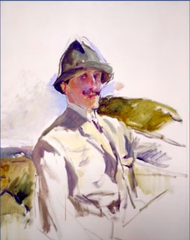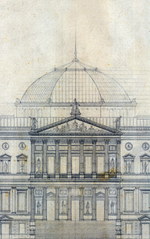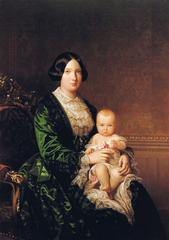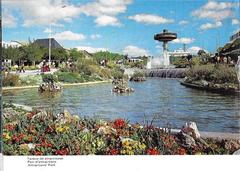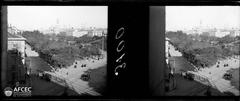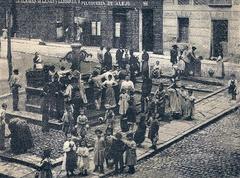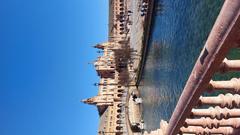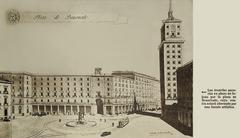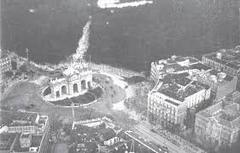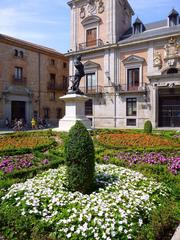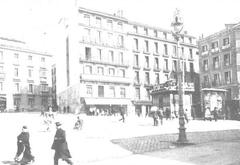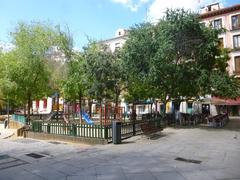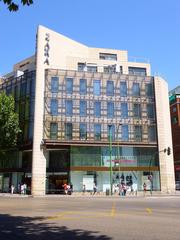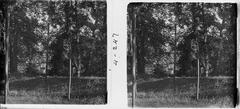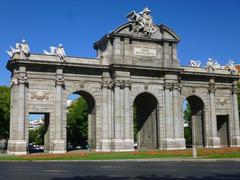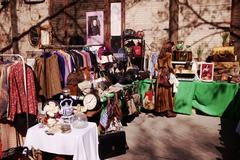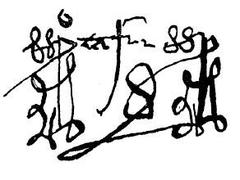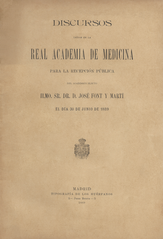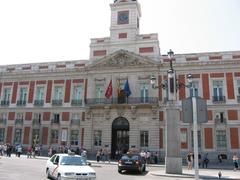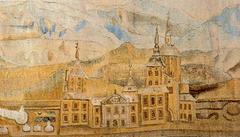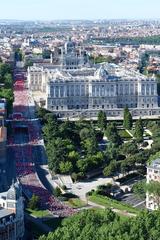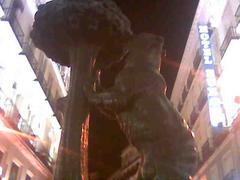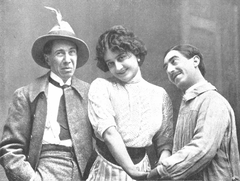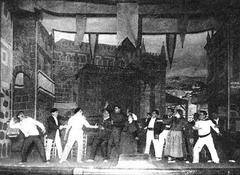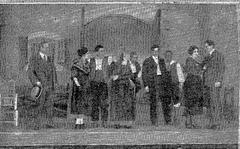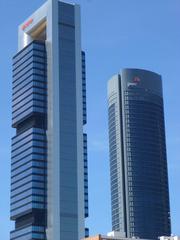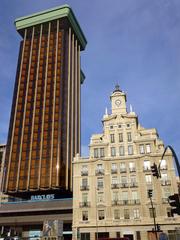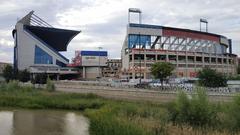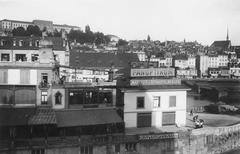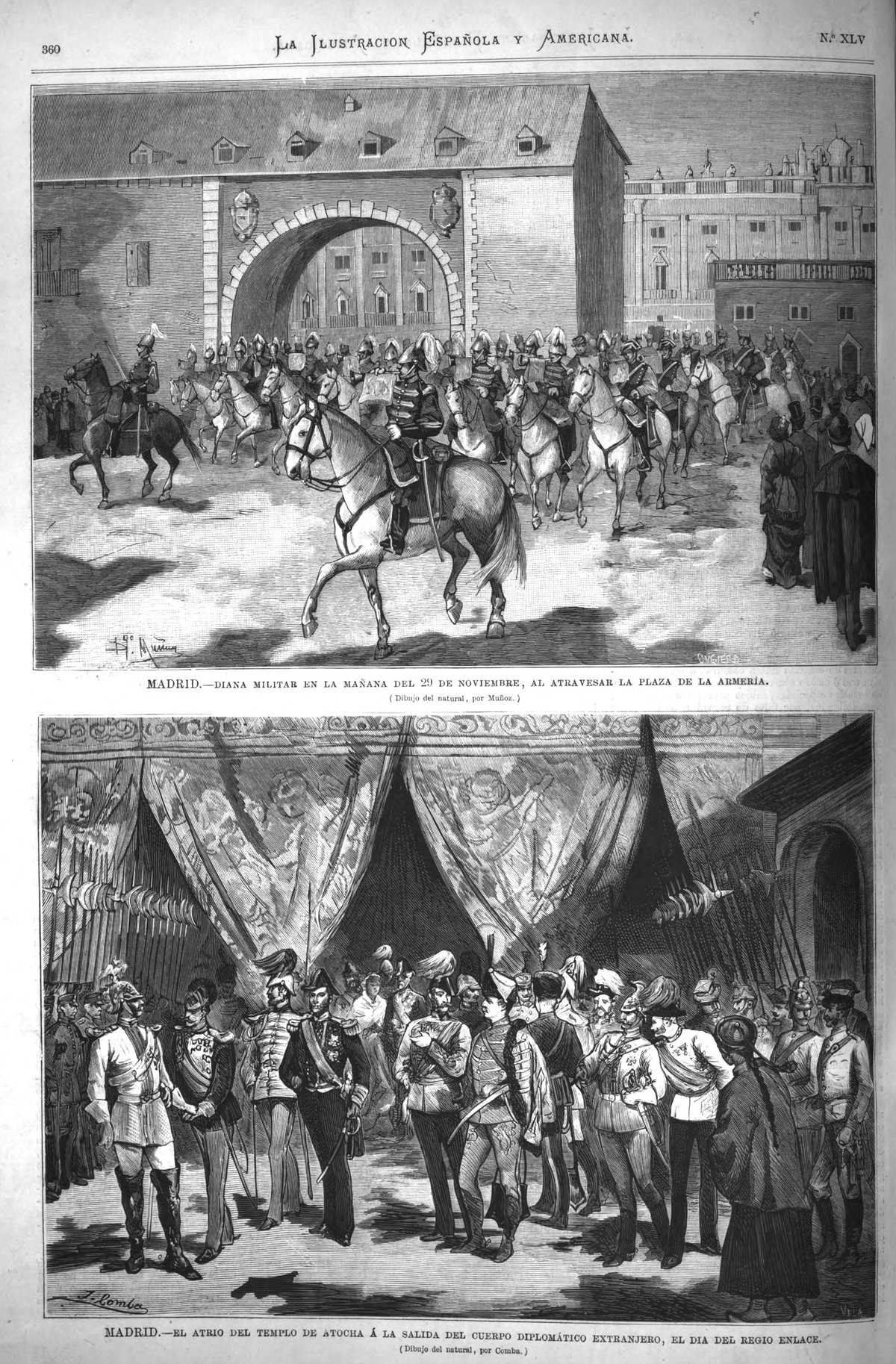
Visiting Hours, Tickets, and Historical Significance of Plaza de la Armería, Madrid
Date: 19/07/2024
Introduction to Plaza de la Armería
Nestled in the heart of Madrid, Spain, the Plaza de la Armería is a site of immense historical and cultural significance. Positioned adjacent to the Royal Palace of Madrid, this iconic plaza offers visitors a unique opportunity to delve into Spain’s regal past. From its 16th-century origins, the Plaza de la Armería has evolved into a central landmark that attracts millions of visitors annually. Its architectural splendor, historical events, and cultural ceremonies make it a vital part of Madrid’s heritage. This guide provides a comprehensive overview of the Plaza de la Armería, encompassing its history, architectural significance, visiting hours, ticket prices, and essential travel tips to ensure a memorable visit (Royal Palace of Madrid, Almudena Cathedral).
Contents of Plaza de la Armería Guide
- Introduction
- History
- Origins and Early Development
- Architectural Significance
- Historical Events
- The Spanish Civil War and Franco Era
- Modern-Day Significance
- Preservation and Restoration Efforts
- Cultural Impact
- Visitor Information
- Visiting Hours
- Ticket Prices
- Accessibility
- Travel Tips
- Special Events and Guided Tours
- Changing of the Guard
- Royal Palace Christmas Concert
- Best Photographic Spots
- FAQ Section
- Conclusion
History of Plaza de la Armería
Origins and Early Development
The Plaza de la Armería dates back to the 16th century and is strategically located next to the Royal Palace of Madrid. The palace, built on the ruins of the old Alcázar of Madrid, was commissioned by King Philip V. Construction started in 1738 and concluded in 1755, under the guidance of architects Filippo Juvarra and Giovanni Battista Sacchetti (Royal Palace of Madrid).
Architectural Significance
Designed as an integral part of the Royal Palace complex, the plaza showcases Baroque architectural elements. This style, known for its grandeur and elaborate ornamentation, is evident throughout the plaza. Flanked by the Almudena Cathedral and the Royal Armoury, the Plaza de la Armería serves as the main entrance to the Royal Palace (Almudena Cathedral).
Historical Events
The plaza has witnessed numerous significant events, including the proclamation of King Alfonso XIII in 1902. This grand ceremony marked the beginning of Alfonso XIII’s reign, a period characterized by political upheaval and the eventual establishment of the Second Spanish Republic in 1931 (Alfonso XIII).
The Spanish Civil War and Franco Era
During the Spanish Civil War (1936-1939), the Plaza de la Armería was heavily fortified by Republican forces. Post-war, General Francisco Franco used the Royal Palace and the plaza for state functions and ceremonies until his death in 1975, after which Spain transitioned to a democratic government (Spanish Civil War).
Modern-Day Significance
Today, the Plaza de la Armería remains a vital part of Madrid’s cultural landscape. It attracts millions of visitors annually, who come to admire the Royal Palace and the Almudena Cathedral. The plaza also hosts official ceremonies, such as the Changing of the Guard, held every Wednesday and Saturday (Changing of the Guard).
Preservation and Restoration Efforts
Ongoing preservation and restoration efforts ensure the plaza’s historical integrity. These projects include cleaning and repairing stonework, refurbishing the Royal Armoury, and conserving the Almudena Cathedral’s façade (Patrimonio Nacional).
Cultural Impact
The Plaza de la Armería has significantly impacted Spanish culture, featuring in various works of art, literature, and film. Its iconic status is highlighted during cultural events and festivals, such as the annual Royal Palace Christmas Concert (Royal Palace Christmas Concert).
Visitor Information
Visiting Hours
The Plaza de la Armería is open daily to visitors. The Royal Palace typically opens from 10:00 AM to 6:00 PM, though hours may vary, so it’s advisable to check the official website before visiting.
Ticket Prices
Admission prices for the Royal Palace start at €12 for adults, with discounts available for students, seniors, and children. Entry to the Almudena Cathedral is free, but donations are encouraged.
Accessibility
The plaza and surrounding areas are accessible to visitors with disabilities. Ramps and elevators ensure that everyone can enjoy the historical site.
Travel Tips
- Best Time to Visit: Early morning or late afternoon to avoid crowds.
- Photography: Capture stunning photos of the Royal Palace, Almudena Cathedral, and Changing of the Guard ceremony.
- Nearby Attractions: Visit other historical sites like the Prado Museum and Retiro Park.
Special Events and Guided Tours
Changing of the Guard
Don’t miss the Changing of the Guard, a ceremonial event that takes place every Wednesday and Saturday, showcasing the traditional guard change dating back to King Alfonso XIII’s reign.
Royal Palace Christmas Concert
The annual Royal Palace Christmas Concert is a must-see event, attracting visitors from around the globe with its festive atmosphere and stunning performances.
Best Photographic Spots
Capture breathtaking photos at the following spots:
- The main entrance of the Royal Palace
- The Almudena Cathedral façade
- The Plaza de la Armería during the Changing of the Guard
FAQ Section
Q: What are the visiting hours for Plaza de la Armería? A: The Royal Palace typically opens from 10:00 AM to 6:00 PM, but hours may vary.
Q: How much do tickets cost? A: Admission to the Royal Palace starts at €12 for adults, with discounts available for students, seniors, and children.
Q: Are there guided tours available? A: Yes, guided tours of the Royal Palace often include Plaza de la Armería. These tours offer valuable insights into the area’s history and architecture.
Q: What are some nearby attractions? A: Nearby attractions include the Sabatini Gardens, Campo del Moro Gardens, Prado Museum, and Puerta del Sol.
Conclusion
In summary, the Plaza de la Armería is a site of immense historical and cultural significance. From its 16th-century origins to its role in modern-day state ceremonies, the plaza has witnessed countless historical events and remains a central part of Spain’s heritage. Plan your visit today and immerse yourself in the grandeur of Madrid’s regal past.
